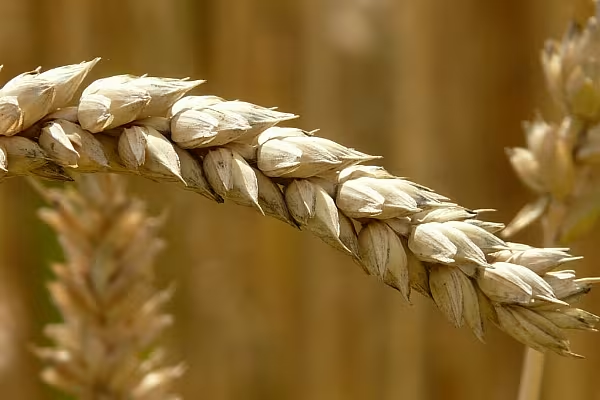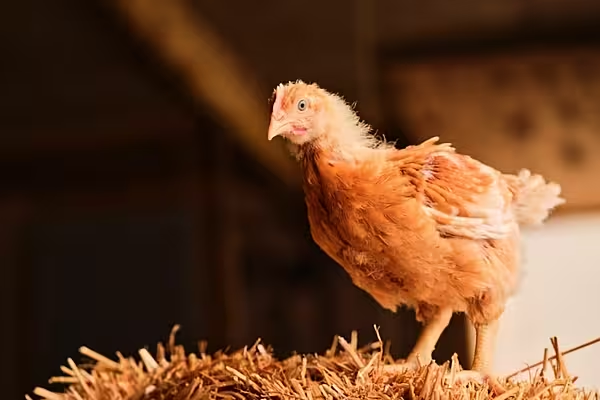Farmers in the largest four European Union wheat producers have expanded wheat sowings, partly because dry weather prevented rapeseed plantings, analysts and traders said.
"Rapeseed sowing problems mean the stage has been set for larger EU wheat crops and export supplies this summer, if crops get through the winter okay and we get normal weather up to the harvest," one German trader said.
In the EU’s largest wheat producer, France, winter soft wheat sowings for the 2019 crop increased 3.5% on the year to 5.03 million hectares, the farm ministry estimated.
Big French Harvest
Reasonable crop conditions raise the possibility of a big French wheat harvest this year. French wheat is generally in good shape after rain at the end of last year eased drought in northern regions, while cold weather this month could also benefit crop development.
"We're in a typical winter situation, without particular concerns at this stage for cereal crops," said Remi Haquin, head of the cereal committee of farming agency FranceAgriMer.
In Germany, the second-largest producer, winter wheat plantings increased 4.6% to 3.02 million hectares, the country's statistics agency estimated.
"The autumn was often too dry to sow rapeseed and some farmers turned to wheat," one German grains analyst said.
The statistics office estimates German winter rapeseed sowings were cut by 25% to 917,000 hectares. Germany’s oilseeds association estimates an 18.1% reduction.
Boost In Britain
Britain's wheat area will increase 4% to 1.87 million hectares, the country's Agriculture and Horticulture Development Board said.
British wheat appears in good condition with dry weather not yet a significant concern, said the National Farmers Union's chief combinable crops adviser, Jack Watts.
Watts said planting conditions were generally favourable. Some early abandonment of rapeseed crops may have helped boost wheat plantings.
"Our biggest headache will be the marketplace for 2019 crops," Watts said, noting wheat would be harvested in a post-Brexit environment where the trading relationship with major customers in the EU remains uncertain.
In Poland, the fourth-largest producer, the winter wheat area is likely to expand about 5% on the year to over 2 million hectares, with less spring grain to be planted, said Wojtek Sabaranski of analysts Sparks Polska.
"At planting time, commodity price ratios were in favour of wheat," Sabaranski said. "Our understanding is that farmers have managed to plant all they wanted, despite dry conditions in the autumn."
News by Reuters, edited by ESM. Click subscribe to sign up to ESM: European Supermarket Magazine.














